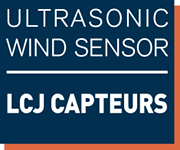13 Jan The CV7-HR ultrasonic wind sensor, winner of the Transat Jacques Vabre
The new CV7-HR: an ultra-fast ultrasonic wind sensor requested by skippers, winners of the Transat Jacques Vabre
Skippers who need reliability!
Thomas Ruyant and Morgan Lagraviere, the winners of the Transat Jacques Vabre, have equipped their IMOCA boats with LCJ Capteurs’ ultrasonic wind vane-anemometers.
At the request of skipper Thomas Ruyant’s technical teams, LCJ Capteurs developed the CV7-HR ultrasonic wind vane-anemometer based on the CV7-C. Indeed, the reliability and technology have been approved for many years on all the seas of the globe. Its high data transmission speed, without internal smoothing, at 120 Hz allows communication with high-end autopilots.
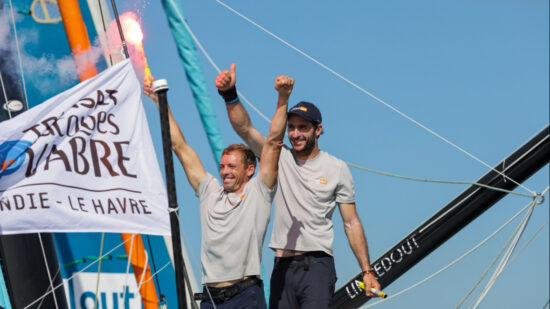
LCJ Capteurs: ultrasonic wind sensors since 1999
In 1999, LCJ Capteurs was created with the aim of designing a robust, static wind measurement sensor:
- marinized,
- light (to be mounted on the masthead),
- compact,
- accurate
- and with low energy consumption.
LCJ Capteurs unveils its new CV7-HR high resolution ultrasonic wind sensor.
The CV7-HR: a custom-made ultrasonic wind sensor
Two days after Thomas Ruyant’s arrival in the Vendée Globe, LCJ Capteurs received a call from the skipper’s technical teams. The objective was to develop an ultrasonic wind sensor specially compatible with MadinTech’s MADBrain autopilot.
LCJ Capteurs design office then built a wind sensor based on the technology and reliability of the CV7-C wind vane-anemometer in NMEA 0183. The new CV7-HR was created with a measurement frequency of 120 Hz and a high transmission speed of 38400 baud for data transfer to MADBrain technology.
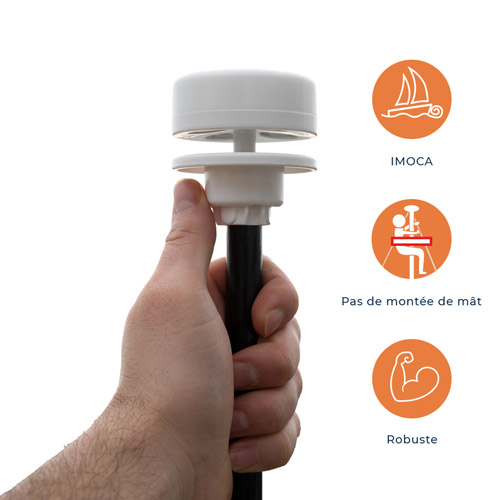
The objective is to reduce the number of mast climbs during competitions for a change of aerial. Following several rather eventful mast climbs during the Vendée Globe, Thomas Ruyant wanted to find another solution. This type of ascent is a real risk for the skippers and makes them lose time during offshore races.
For this reason, the TR Racing team in charge of the installation turned to the ultrasonic measurement technology of LCJ Capteurs. Reliable, robust and precise over time, the sensors have no moving parts subject to wear. In fact, ultrasonic technology has a much longer life span than conventional mechanical wind sensors.
Innovation at the heart of LCJ Capteurs
French quality manufacturing
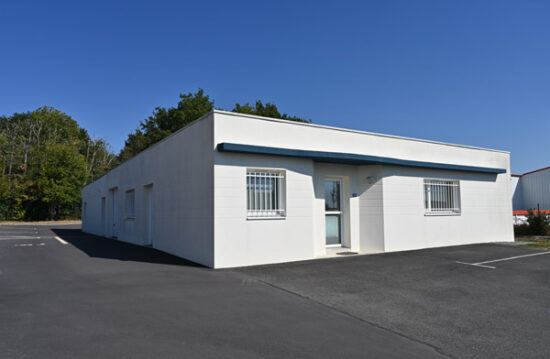
In 22 years, the product line has been improved and expanded to offer the best and most efficient wind sensors. Each sensor is tested :
- in a wind tunnel,
- in a climatic chamber (from -15°C without ice to +55°C),
- and finally in an aging bench.
Each test is recorded against the unit’s serial number. On average, only about twenty ultrasonic wind gauges are returned to the workshops each year. While more than ten thousand sensors are in service around the world. This is a real pride for the LCJ Capteurs teams since it highlights the French know-how and the quality of our ultrasonic wind sensors.
A sector that trusts LCJ Capteurs
Since 1999, the company is well anchored on the marine landscape. Indeed, several actors of the sector trust us such as:
- Coast guards,
- The ships of the National Navy,
- The SNSM boats,
- Professional fishermen’s boats,
- Port cranes,
- The harbour master’s offices,
- The WindMorbihan wind network,
- And many others.
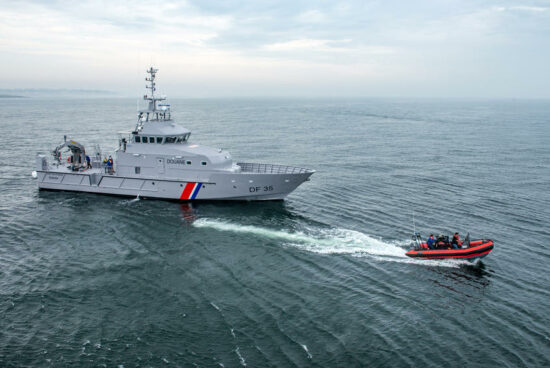
The LCJ Capteurs workshops adapt to the needs of the markets, by making “custom” sensors according to specifications defined with the user. The Nantes-based company continues to emphasize its spirit of innovation and adaptation to meet constantly changing needs. Today, thanks to its success, LCJ Capteurs achieves more than 72% of its turnover through exports.
